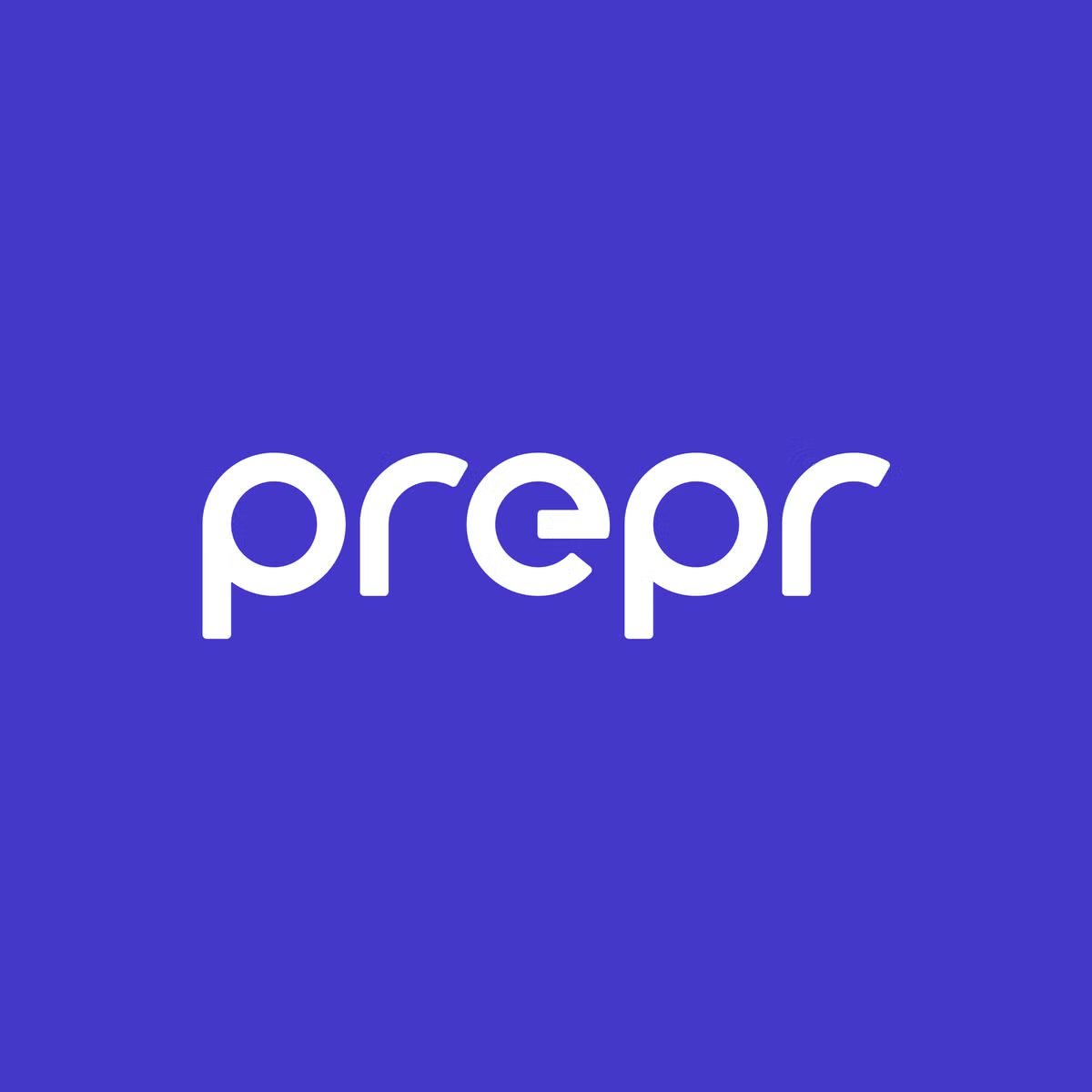Since its launch in 2016, Netherlands-based Prepr has been slowly but surely carving out a nook within the headless CMS niche.
Because sure, being a headless CMS is a great thing to be right now. But Prepr's vision is a little different. It's a headless CMS that wants to double down on personalization.
Recently, the company announced a $2.25M Pre-Series A, so we decided to reach out and chat about Prepr's plans for 2022.
To Europe, and Beyond
"We'll use the funding to further improve the features of Prepr and invest in the growth of the company within Europe," Founder and CTO Tim Hanssen said.
A logical next step considering Prepr's roots.
However, I was more interested in how Prepr plans to do that in a landscape that's shifting towards no code and low code interfaces.
"At Prepr CMS, we're noticing this change very clearly. A traditional headless CMS was mainly used to improve content management efficiency. In that respect, it helps in reducing the cost of content management," Hanssen began.
"But with the rise of data-driven CMSs like Prepr, companies can optimize the impact of their content. As a result, engagement and conversions increase, and a CMS adds value. And that's what CMOs and CEOs really care about. Hence, their role in the process is becoming increasingly prominent," he continued.
Why the Personalization Twist?
Most headless CMS players take pride in being as focused solely on content management.
"We don't want to handle other dimensions of your business. We can't be great at everything. Instead, we'll be great at being a CMS, and we'll be API-first and flexible enough to integrate with whichever tools you feel are best." – Headless CMS's, probably.
Not Prepr, though. That whole "best-of-breed" thing can get a little murky, according to Hanssen.
"Headless CMS is presented as a fantastic solution within a component/service-oriented architecture. And in theory, that's true," he said.
"But for each function within your digital experience platform, you need precisely [one, great] tool. And then you need to integrate them seamlessly [into the rest of your DXP]. Sounds good, right? What is not mentioned, is that this often leads to very complex, expensive, and time-consuming platforms. That's an important aspect that is underexposed," he explained.
"You can achieve [that same] powerful platform by cleverly selecting fewer systems that each offer additional functionality. That would be simpler, cheaper, and faster. A headless CMS with which you can also easily personalize fits perfectly with that," Hanssen said.
Now that's an interesting concept. A digital experience platform where one tool handles two dimensions of your company, instead of just one.
It would be a cost-saver for sure, but my contention would be; at what point is the line drawn? At what point does cost take precedence over market-leading functionality in all areas? How close to "monolithic" do companies dare to get?
Perhaps this is just another example of nothing being black and white. There is room to move in the grey areas, and Prepr wants to stretch its legs.
The Problem with Personalization
When I asked Hanssen about his thoughts on why most brands haven't quite grasped personalization yet, Prepr's Founder was ready with a super detailed answer.
In short, Hanssen sees four recurring problems with enterprise personalization strategies:
- The "Magic bullet" approach
- Starting too soon with personalization
- Unavailable data
- Strategies that are too complex, expensive, and time-consuming.
Hanssen went on to explain each of these four points in great detail.
1. The "Magic bullet" Approach
"Personalization is often discussed very generally, but personalization can mean many different things.
We regularly see companies viewing personalization more as a goal than a means. They then have all kinds of ideas about what they can personalize but have no idea how that contributes to goals like improving engagement and increasing conversions."
2. Starting Too Soon with Personalization
"In line with the previous point, companies sometimes start too soon with personalization.
Before you begin personalizing, your content and data should be in order, and the user experience should be sufficiently optimized. Personalization can then be the ultimate step. But if the basis is not yet in order, it should be taken care of first, for example, with A/B testing and search engine optimization."
3. Unavailable Data
"For personalization, you need two types of data. Content data and customer data. The content must be well structured and enriched, and so must the customer data. Only then can you present exactly the right content to your visitors."
4. Too Complex, Expensive, and Time-consuming
"Until now, you needed a separate personalization engine for personalization. And not only that, the personalization engine should at least be integrated with a headless CMS and customer data platform.
This quickly leads to a complex and expensive tech stack, which is challenging to implement. This leads to a long time to market and even to failed projects."
"Simpler, Cheaper, and Faster" than Best-of-Breed?
Whether you agree with Hanssen's take on best-of-breed strategies or not, there's no denying that Prepr has taken a relatively unique path with its data-driven and personalization-focused outlook.
Do you agree or disagree with Hanssen? Tell us on Twitter.


